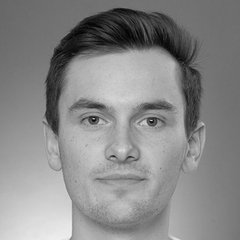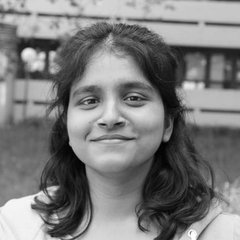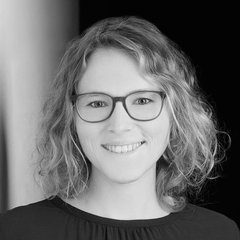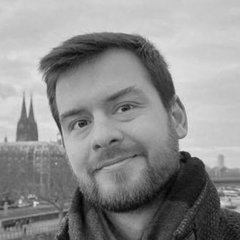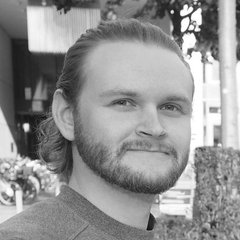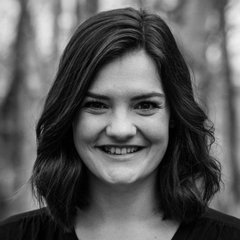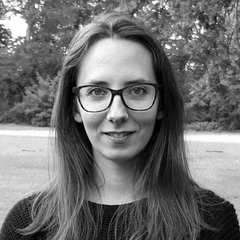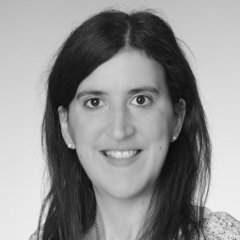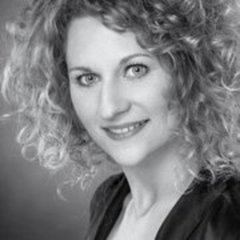Hänsel-Hertsch Lab
Genome Biology: Deciphering Epi(Genome) structure and stability
Our lab explores the existence and significance of epigenome structural alterations and its impact on disease development. Hence, the structure of the genome may significantly change with age and disease development, such as cancer or degenerative diseases. Additionally, we are exploring whether defined age- or cancer-related epigenome structural alterations are of diagnostic and therapeutic value.
Our research focus:
Epigenetic alterations and genome instability are hallmarks of aging and cancer but their molecular interdependency remains largely unknown. For example, gene activity and their regulation change with age, however, underlying relationships with epigenome structural alterations and genome instability, and their impact on aging and related disease development remain to be determined.
Our goals:
Our lab aims to address four conceptual questions: Are epigenome structural alterations passengers or drivers of mammalian aging and cancer? Will particular epigenome structural states promote genome instability and cancer development? Can age-related epigenome alterations be suppressed and prolong mammalian tissue fitness? Are defined epigenome states of diagnostic and therapeutic value? We are developing and employing genomics technologies to address these questions.
Our Approach:
We use genomics to identify epigenetic alteration in cancer and aging models. G-quadruplex DNA (G4) structural alterations can sense and mediate properties of cancer and its tumor microenvironment when chromatin factors, such as transcription factors, change their preferences to occupy chromatin. We have developed genomics technologies to identify alterations in transcription factor programs and employ these now to understand tumor heterogeneity and resistance development in lung cancer. The tumor microenvironment (TME) is critical in shaping cancer development and identity. We continue to explore the role of G4s in the TME.
Principal Investigator
Most important publications
Hunold P*, Hoehne MN*, Kiljan M, van Ray O, Herter J, Herter-Sprie GS, Hänsel-Hertsch R. G-quadruplex DNA structures mediate non-autonomous instruction of breast tumour microenvironments. bioRxiv 2023 doi.org/10.1101/2023.01.16.524243. *contributed equally
Hudecova I*, Smith CG*, Hänsel-Hertsch R*, Chilamakuri CS, Morris JA, Vijayaraghavan A, Heider K, Chandrananda D, Cooper WN, Gale D, Garcia-Corbacho J, Pacey S, Baird RD, Rosenfeld N, Mouliere F. Characteristics, origin, and potential for cancer diagnostics of ultrashort plasma cell-free DNA. Genome Res. 2022 Feb;32(2):215-227. doi: 10.1101/gr.275691.121. Epub 2021 Dec 20. PMID: 34930798; PMCID: PMC8805718. *contributed equally
Hänsel-Hertsch R, Simeone A, Shea A, Hui WWI, Zyner KG, Marsico G, Rueda OM, Bruna A, Martin A, Zhang X, Adhikari S, Tannahill D, Caldas C, Balasubramanian S. Landscape of G-quadruplex DNA structural regions in breast cancer. Nat Genet. 2020 Sep;52(9):878-883. doi: 10.1038/s41588-020-0672-8. Epub 2020 Aug 3. PMID: 32747825
Parry AJ, Hoare M, Bihary D, Hänsel-Hertsch R, Smith S, Tomimatsu K, Mannion E, Smith A, D'Santos P, Russell IA, Balasubramanian S, Kimura H, Samarajiwa SA, Narita M. NOTCH-mediated non-cell autonomous regulation of chromatin structure during senescence. Nat Commun. 2018 May 9;9(1):1840. doi: 10.1038/s41467-018-04283-9. PMID: 29743479; PMCID: PMC5943456
Hänsel-Hertsch R, Spiegel J, Marsico G, Tannahill D, Balasubramanian S. Genome-wide mapping of endogenous G-quadruplex DNA structures by chromatin immunoprecipitation and high-throughput sequencing. Nat Protoc. 2018 Mar;13(3):551-564. doi: 10.1038/nprot.2017.150. Epub 2018 Feb 22. PMID: 29470465
Hänsel-Hertsch R, Di Antonio M, Balasubramanian S. DNA G-quadruplexes in the human genome: detection, functions and therapeutic potential. Nat Rev Mol Cell Biol. 2017 May;18(5):279-284. doi: 10.1038/nrm.2017.3. Epub 2017 Feb 22. PMID: 28225080
Hänsel-Hertsch R, Beraldi D, Lensing SV, Marsico G, Zyner K, Parry A, Di Antonio M, Pike J, Kimura H, Narita M, Tannahill D, Balasubramanian S. G-quadruplex structures mark human regulatory chromatin. Nat Genet. 2016 Oct;48(10):1267-72. doi: 10.1038/ng.3662. Epub 2016 Sep 12. PMID: 27618450
Lensing SV, Marsico G, Hänsel-Hertsch R, Lam EY, Tannahill D, Balasubramanian S. DSBCapture: in situ capture and sequencing of DNA breaks. Nat Methods. 2016 Oct;13(10):855-7. doi: 10.1038/nmeth.3960. Epub 2016 Aug 15. PMID: 27525976; PMCID: PMC5045719
Hänsel R, Löhr F, Trantirek L, Dötsch V. High-resolution insight into G-overhang architecture. J Am Chem Soc. 2013 Feb 20;135(7):2816-24. doi: 10.1021/ja312403b. Epub 2013 Feb 5. PMID: 23339582
- Hänsel R, Löhr F, Foldynová-Trantírková S, Bamberg E, Trantírek L, Dötsch V. The parallel G-quadruplex structure of vertebrate telomeric repeat sequences is not the preferred folding topology under physiological conditions. Nucleic Acids Res. 2011 Jul;39(13):5768-75. doi: 10.1093/nar/gkr174. Epub 2011 Mar 30. PMID: 21450807; PMCID: PMC3141269


